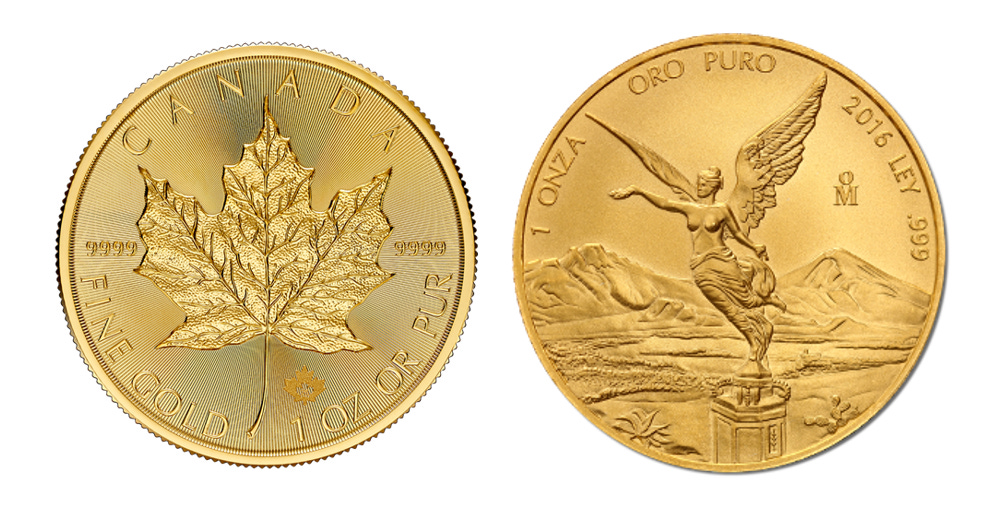What Trump's Tariffs Mean For Gold & Silver Investors
President Trump's new tariffs have far-reaching implications for gold and silver investors, with the potential for further measures targeting additional countries.
After months of speculation, U.S. President Donald Trump has followed through on his promise to impose tariffs on goods from Mexico, Canada, and China. Citing the need to protect Americans from the "major threat of illegal aliens and deadly drugs," including fentanyl, the move has resulted in market volatility and heightened economic uncertainty. This article will explore the likely impact of these tariffs on precious metals investors and what they should expect in the rapidly changing economic landscape.
What are tariffs, and how does the new U.S. tariff policy work?
Tariffs, simply put, are taxes on imported goods designed to protect domestic industries by making foreign products more expensive. As a protectionist measure, tariffs aim to give domestic businesses a competitive edge over international imports. Tariff calculations are simple: a 25% tariff on a $10 product is $2.50, for example. While importers initially pay these fees to the U.S. government, they often pass the additional costs on to consumers through higher prices.
Under President Trump’s new tariff policy, a 25% tariff will apply to goods imported from Canada and Mexico, while imports from China will face a 10% charge. However, energy products from Canada will be subject to a reduced 10% duty, whereas Mexican energy imports will incur the full 25% tariff. The tariffs on Chinese and Canadian goods are set to take effect on February 4th, while those on Mexican imports will begin a month later. Additionally, President Trump stated that tariffs “will definitely happen with the European Union” and could take effect “pretty soon,” though no concrete plans have been announced yet.
(Update: As I was writing this, Mexico’s President Claudia Scheinbaum announced that after a productive conversation with Trump, Mexico will swiftly comply with his request by deploying 10,000 National Guard members to the northern border to “prevent drug trafficking from Mexico to the US, particularly fentanyl.” In response, the U.S. has agreed to delay the tariffs on Mexico for an additional month, after which further discussions between the two countries will take place.
Likewise, President Trump has agreed to pause additional tariffs on Canadian imports for 30 days following a call with Prime Minister Justin Trudeau, who made certain concessions to temporarily delay the levies.)
How will the new tariffs impact U.S. bullion investors?
Initially, many in the precious metals industry and investor community speculated that imported gold and silver—being monetary metals—would be exempt from tariffs. However, to their surprise and frustration, these metals were included among the taxed products. This decision carries significant implications for both the industry and its investors, reshaping market dynamics and investment strategies.

While American Gold and Silver Eagles from the United States Mint remain top choices for U.S. investors—especially given their favorable tax treatment in IRA retirement accounts—many popular bullion products are now directly impacted by the new tariffs on Canadian and Mexican imports. Notably, Canadian Maple Leaf coins and Mexican Libertad coins are among those affected. The Canadian Maple Leaf is available in gold, silver, platinum, and palladium, while the Libertad is issued in gold and silver. Beyond coins, the Royal Canadian Mint also produces high-quality gold and silver bullion bars, which are popular with American investors.



